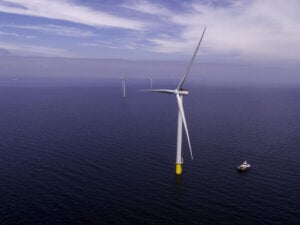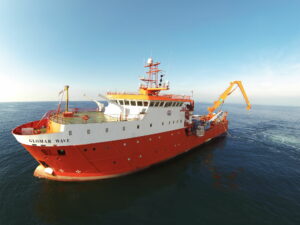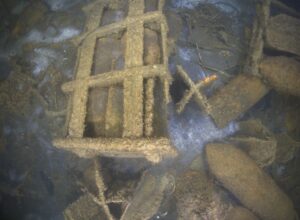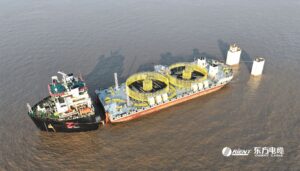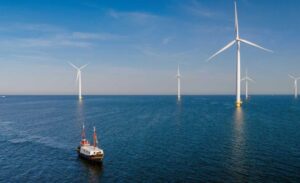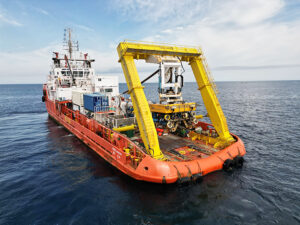Hollandse Kust Zuid I & II team gets rid of WWII UXO
The Royal Netherlands Navy has disposed of unexploded ordnance (UXO) found at the Hollandse Kust Zuid (HKZ) I & II project site, where Vattenfall will build a 750 MW offshore wind farm.


The UXO inspection and removal campaign at HKZ I & II, which started in July, has now been completed.
UXOcontrol, a joint venture company between N-Sea and BODAC, has been appointed to carry out UXO inspection and identification campaigns on all four Hollandse Kust Zuid sites. The same work on HKZ III & IV is expected to be done next year.
The UXO operations are headed by Eoin McGregor, a senior geophysicist at Vattenfall.
According to Vattenfall, many types of UXO – ranging from bombs and naval mines to machine guns – were found on the seabed at HKZ I & II. The inspection operation was not only necessary to identify UXO and other potentially dangerous objects for removal, but also to identify objects that could hinder the installation of wind turbine foundations and influence the route along which cables should be laid, Vattenfall said.
“Four percent of the targets inspected were UXO, the vast majority of which came from World War II. These were mainly bombs, naval mines, machine guns and ammunition boxes. The other ninety six percent was mostly metallic debris”, Eoin McGregor said.
During the operation, 30 unexploded ordnance items were found.
The location of the HKZ I & II wind farm is situated on the main flight path the Allied forces used during World War II. It regularly happened that planes crashed into the sea or released their bombs too early, after which they ended up on the seabed. In addition, fighting took place in the North Sea itself, often between Allied aircraft and German ships, Vattenfall explained.
“A remotely operated vehicle (ROV) conducted an electromagnetic survey to locate the target. Once located, sand was removed around the object in order to make identification easier”, McGregor said.
“While investigating, we often come quite close to an object with the vessel. But if we thought an object could be a UXO, we stopped the operation, moved the vessel to an appropriate stand-off distance and marked the location of the find with a buoy. Once we had confirmed we were dealing with a UXO, we notified the Coast Guard who, in turn, notified the Royal Netherlands Navy”.
The Hollandse Kust Zuid, invluding all four sites, will be the largest offshore wind farm in the Netherlands and in the world once fully operational in 2023.
The zero-subsidy wind farm will feature 140 Siemens Gamesa SG 11.0-200 DD wind turbines.

